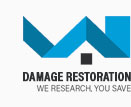 |
 |
 |
 |
|
|
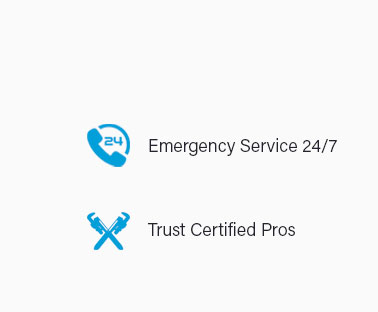 |
 |
 |
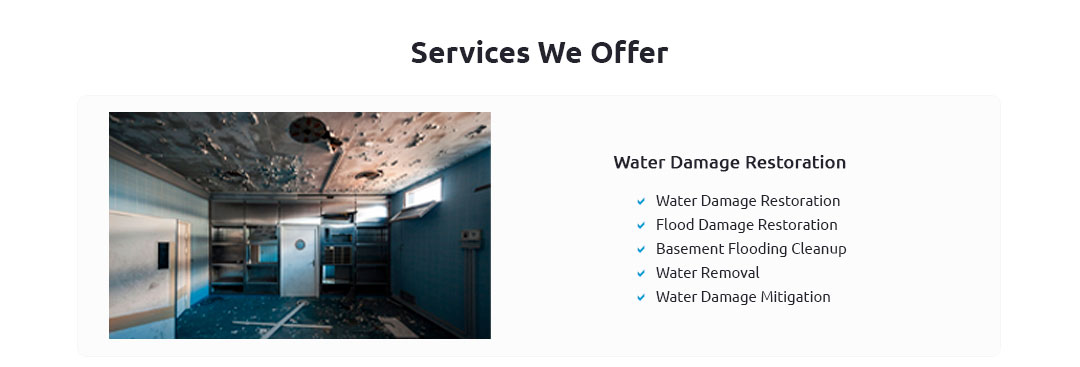 |
 |
 |
 |
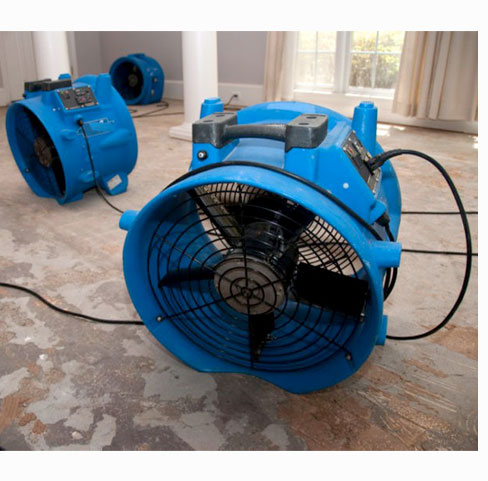 |
 |
 |
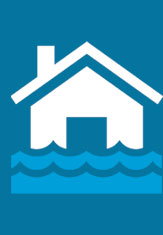 |
 |
 |
|
When disaster strikes, trust in our unrivaled expertise for water, fire, mold, and storm damage repair services, where our precise water damage assessment sets the gold standard in restoration; we dive deep into the heart of the problem, ensuring no drop goes unchecked, no ember overlooked, and no spore survives our thorough inspection, delivering peace of mind with every meticulous repair, because when it comes to safeguarding your home, we don't just restore-we elevate.
https://eliteinspections.com/services/water-damage-inspection-in-los-angeles/
Water Damage Inspection ... Water damage is a common problem in homes both new and old. Everything from roof leaks to plumbing problems and ... https://www.reddit.com/r/homeowners/comments/1267v2i/how_can_i_get_an_honest_assessment_of_water_damage/
Comments Section ... Your floor is not made of paper. A leaking dishwasher will not have done much, if any, damage to the subfloor. Pull up the ... https://www.servpro.com/resources/water-damage/damage-inspection-assessment
SERVPRO responds immediately and begin by providing a damage inspection and assessment. This step is often overlooked but essential in developing an action ...
|
